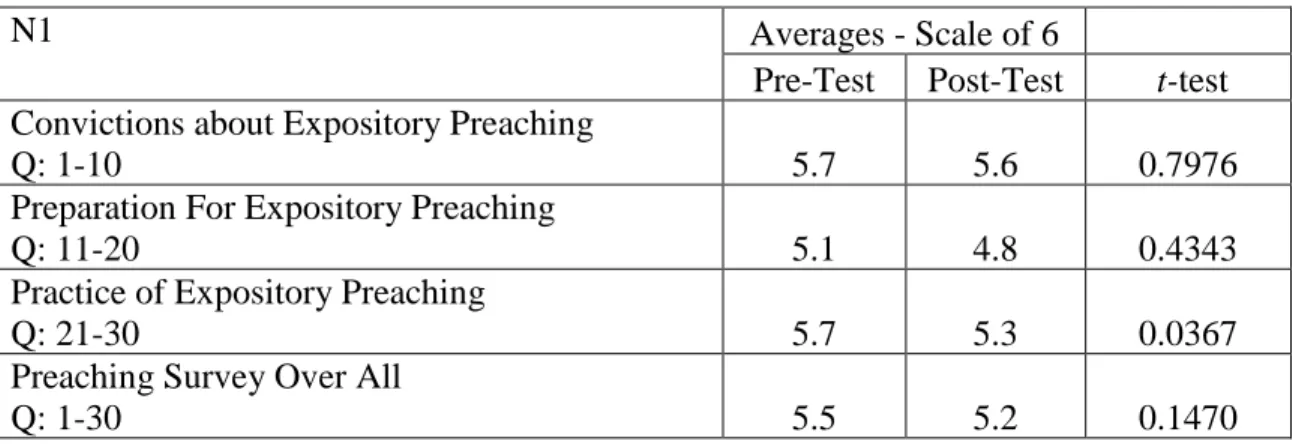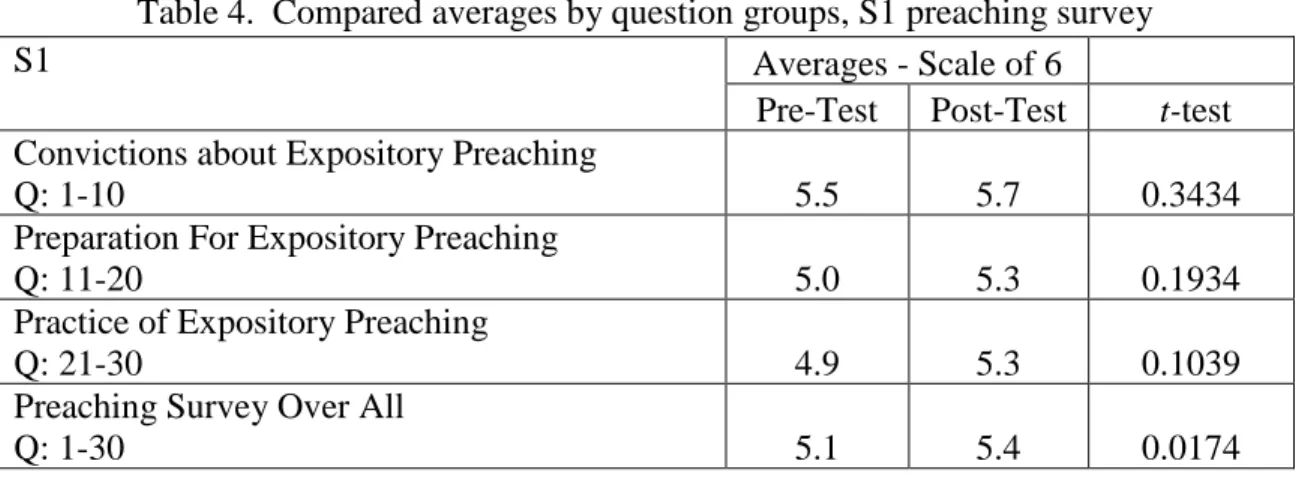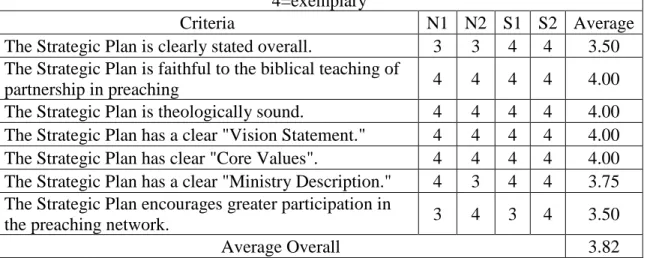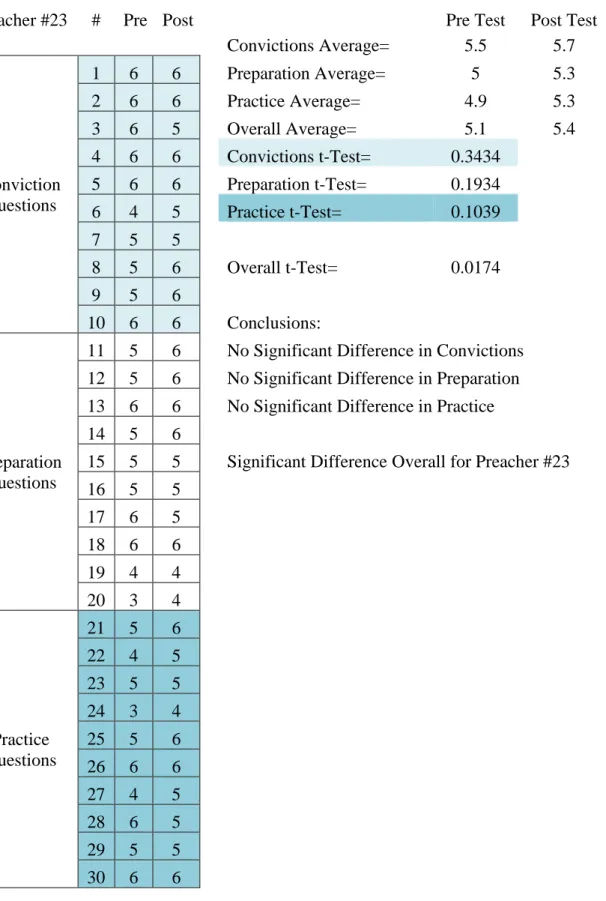I owe gratitude to the Lord my Rock and Savior who by His grace has seen fit to do this kind work in my life. I am grateful to The Southern Baptist Theological Seminary for how I was shaped in my understanding of preaching through personal interaction with faculty and other students, inside and outside of class.
INTRODUCTION
Together with the mandate for biblical preaching, the practice of the apostle Paul in the. It is not surprising that in the context of the source and authority of the Scriptures (as taught by 2 Tim 3:16) and the mandate to preach these Scriptures (as taught in 2 Tim 4:1, 2) that one also find the sufficient. of these Scriptures (as taught in 2 Tim 3:17).
Prayer in the Preaching Process, January 12, 2018
The primary outline was a concise 15-20 minute version of the sermon to be delivered by the participant the following Sunday. Guided discussion was then conducted using the handout: "Prayer in the preaching process." This overview sparked great discussion about the necessity of prayer at every step of the preaching process: in the study, and practice of (personal application) and teaching of the sermon. Great discussion followed considering Acts 6:1-4 which emphasized how the apostles devoted themselves to prayer and the ministry of the word.
Each member engaged in the practice of prayer throughout the preaching process for the duration of the course.
Study in the Preaching Process 1, Discovering the Details,
Study in the Preaching Process 2, Discovering the Flow,
Study in the Preaching Process 3, Discovering the Purpose,
The discussion concluded that the more work one puts into the theme sentence, the greater the clarity in understanding the main idea of the text. The target sentence goes beyond the theme sentence because it asks what difference the theme sentence makes in the lives of the listeners. The third step was to create a lesson map outlining the main teaching points of the text and the plan for how they would be taught.
The main idea was stated as the purpose of the sermon and then teaching points were outlined with clear connections to where the text taught the teaching point.
Practice: Living the Preaching Process, March 9, 2018
Sermon interpretation and feedback followed in the same way as the previous sessions, with prayer for each other focusing on the weekend preaching of the sermons we had just delivered to each other. An evaluation of the preaching process re-emphasized making the purpose of the text the purpose of the sermon. The great discussion centered on the need to “preach the sermon to our own souls first” and it was concluded that this involvement of our own lives in the truth we were about to preach was the gold of the session.
The example worked out in Romans 15:4-12 connected the encouragement, endurance, and hope in God's word with the God of encouragement, endurance, and hope.
Teach: Preaching the Sermon, Preparing the Preacher, March 23, 2018
Teach: Planning for Preaching 1, Plan through a Book, April 13, 2018
The worked examples came straight from the text formats and the discussion of wording versus diagram was helpful. Emphasis was placed on simply finding subordinate ideas and seeing how ideas/phrases fit together to form the logic of the given text. The group's general practice was to use only chapter divisions in the ESV Bible, or to quickly skim through the major commentary divisions; however, they all affirmed the need for a plan to preach through a book.
The worked examples were the actual phrasing worksheets I did recently in Colossians and the Gospel of John.
Teach: Planning for Preaching 2, Plan through a week, April 27, 2018
Another unplanned contribution to the camaraderie of the group was the change of venue. The fifth strength of the project was the foundation laid for the implementation of the strategic plan for the expository preaching network. Expository preaching interprets the text with the doctrinal truths of the rest of the Bible.
The purpose of Word Ministry Training (WMTC) was to establish an explanatory preaching network.
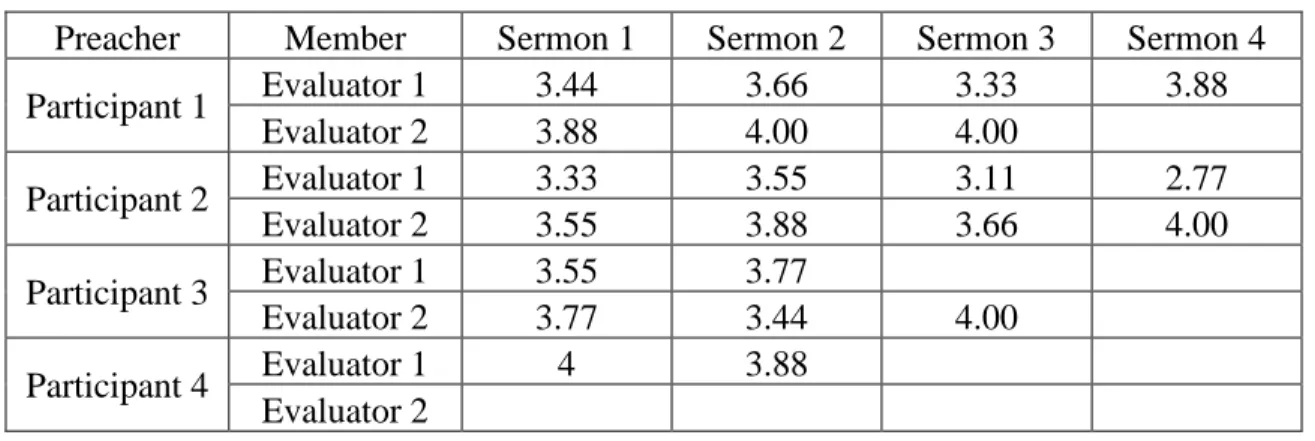
Norm Derkson
Word Ministry Training Course
How the Course works
The last 10-15 minutes will be a time of prayer for each participant in his ministry of God's word. Prayer emphasis will be on the entire preaching process as specifically explained in session one. The focus will be to pray for each man's faithfulness in the study, the practice and the teaching of God's word.
The Course Consists of Eight Training Sessions
Prayer in the Preaching Process
Practice - Living the Preaching Process
Session One
Session Two
Session Three
Session Four
Session Five
Session Six
Session Seven
Session Eight
PART ONE: Skill Development 30 minutes
PRACTICE: GROWING IN APPLICATION
TEACH: GROWING IN THE TRUTH
The primary premise: The preacher's weakness is made effective in consistent prayerful dependence on the work of the Holy Spirit through faithful study and preaching of God's Word. My message and my preaching was not with wise and persuasive words, but with a demonstration of the power of the Spirit, it seemed. Faithful preaching must be God's word in Scripture ("God's testimony"), concerning the person and work of His Son ("Jesus Christ and him crucified"), declared in the power of the Holy Spirit ("with a demonstration of the power of the Spirit").
Spirit-empowered preaching requires both faithful exposition and faithful prayer.. devoted to prayer and the ministry of the word” Acts 6:1-4. disciple makers).
STUDY GROWING IN UNDERSTANDING
PRAY - Read the text carefully (in context) and consider any principles, lessons, or ideas that come to mind as you begin to understand the text. Ask: Is the main message of Jesus' temptation that we should quote scripture to defend ourselves against Satan. Secondary Feedback – Each draft will be followed by a brief group feedback session of approximately 35-45 minutes, time permitting.
The emphasis of prayer will be throughout the preaching process for each one's faithfulness to study, practice and teach.
Study in the Preaching Process - #2 Discovering the Flow
Session Three
As we try to take a step towards understanding flow... we can look at the immediate context:. How does this miracle of sight relate to what the disciples understand in v.27 (Jesus is the Christ v.29) Is this full sight. Peter's refusal to accept the cross is only a partial view). There is still more work to do here, but the flow/structure of the text is starting to take shape.
But it is important to see that it comes from understanding the connection of details in the text.
Three Basic Steps
Topic: Jesus uses a two-step miracle to teach his disciples that he is the Christ who came to die on the cross. Purpose: Jesus calls his disciple to accept his teaching about the cross and to follow him (vv. 32-38). Jesus calls his disciple to accept his teaching about the cross and follow him.
The result of embracing the cross Mark 8:35-38 (exchange for the saving soul of the disciple who follows him).
Practice - Living the Preaching Process
If the preacher lives in the truth as he discovers it, then so is he. I solemnly charge you in the presence of God and of Christ Jesus, who shall judge the quick and the dead, and by his appearing and his kingdom: preach the word; be ready in season and out of season; reprove, rebuke, exhort with much patience and instruction. I whisper a prayer for this equality of mind about Christ, in our church and family. focus on Christ in the scriptures), the stream of thought in the author's mind is intended to give me an immediate practical foretaste (experiencing the preaching process).
I immediately praise God and praise Him for His purpose in Scripture to reveal Jesus to me, and I confess that it gives me hope. in him the Gentiles put their hope”.
If there is an unconfessed sin, I humbly and repentantly submit to the leading of the Spirit and seek forgiveness from God and man (usually my wife) before I preach. Persevere in it” – the details: current emphasis on the presence of God and future emphasis on the second coming of Christ. While it could be argued that the reference to “all the scriptures” refers primarily to the Old Testament, elsewhere Paul also clearly recognizes the message of the apostles as the Word of God.
With this in mind, the immediate context provides the command for what the man of God should do.
I continue to do this by showing the relationships of the phrases and how they relate to the main idea. After the entire book is phrased (as above), I review the main ideas and how best to break them down for preaching. I usually have an understanding of the main idea of the book before I start the divisions (I've read it several times making notes before going through the book to preach).
Then, as I spend additional hours handing out the book, I confirm or deepen my understanding of the "Flow" of the entire book.
- Phrasing Review
- Discovering the details
- Prayer and review the details, phrasing and all notes, reading through text carefully
- Discovering the connections between the details and the flow
- Discovering the flow
- Teaching Map
- Commentaries
- Prayer and review of all notes as well as reworking the Teaching Map 2) Write the sermon
The initial detail work is really my first exciting work with the text itself. This deliberately moves me from the zoom lens to the wide angle and focuses on the connections to the main ideas. This leaves me with the initial purpose of the text, which will become the purpose of the sermon.
Here I will go back to the details to understand how I will learn the purpose of the text and discover the flow of the argument (or story by story, etc.).
A Four-Day Week Study Plan
Day One: Start with the Wide-Angle and move to the Zoom Lens 1) Prayer and reading through biblical book
Phrasing Review 3) Discovering the details
Day Two: Start with the Zoom Lens and move to the Wide-Angle 1) Prayer and review of phrasing & notes, reading through text carefully
Day Three: Start with the Wide-Angle and move to the Zoom Lens 1) Prayer and review of all my notes followed by a careful reading of the text
Teaching Map 4) Commentaries
Day Four: Write the Sermon
T-TEST RESULTS
11 5 6 No Significant Differences in Convictions 12 5 6 No Significant Differences in Preparation 13 6 6 No Significant Differences in Practice 14 5 6. The following strategic plan for the Expository Evangelism Network was formulated together by WMTC participants at the last meeting and distributed as a one-page summary , which is included here. Vision Statement: To establish an expository preaching network in Calgary to increase biblically faithful preaching and strengthen pastors and local churches with the gospel.
As we seek to work together, we are committed to strengthening each other's preaching through honest feedback and a mutual commitment to grow in our own preaching of the Bible by: supporting and teaching each other, and through our work on exposing each other to such criticism.
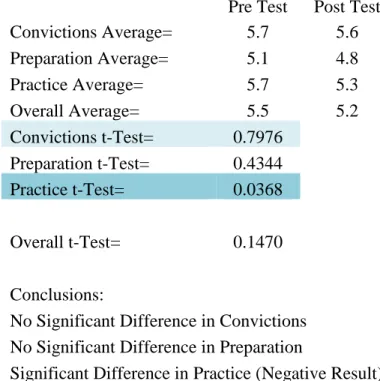
Initiate Monthly Expository Preaching Network (EPN) – January/19
Paul's letters to the Colossians, Thessalonians, Timothy, Titus, and Philemon. This preaching network seeks to advance the practice of expository preaching in local evangelical churches in Calgary, Alberta, Canada. Critical to the completion of this project was a strategic plan to initiate and increase participation in the expository preaching network.
